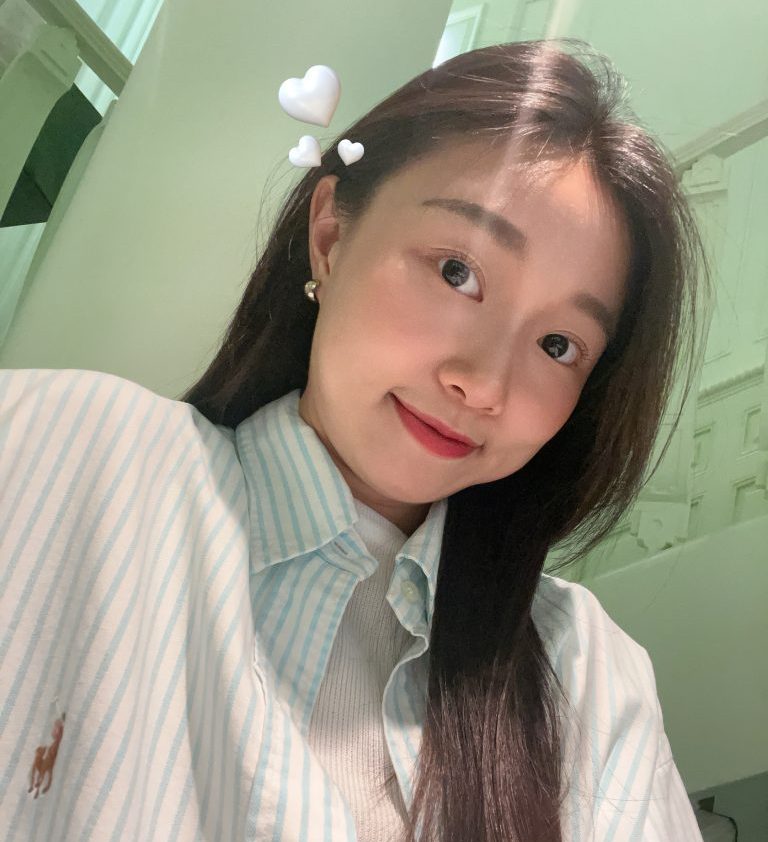Charles and Ray Eames
Reflection
The short film made me think about the perspective of viewing images in a new way and prompted me to think about:
“When an image is infinitely zoomed out, eventually the image becomes a pixel dot; when an image is infinitely zoomed in, eventually the image becomes a pixel dot; so when a whole collection of images in a book is browsed through, the memories that remain in your mind become a collection of pixels consisting of remaining fragments?”
My concept and Statement
Trying to explore in the field of image deconstruction, using books (magazines) as the medium of my exploration, and remaking and deconstructing images as my experimental methodology, I attempted to visualize the process of the fragments of images that remain in a book as the memory fades through a weekly iterative experimental cycle. I want to explore what happens to the fragments that end up in the memory when people browse through a book. Are these fragments recognizable again by the audience? Do these fragments still reflect the original image or embody the core of the book? How do these fragments end up being presented?
Therefore, each week the image iteration is constantly focusing on the centre of the image, which means that impressive parts are left behind. Conversely, secondary unimportant parts are removed. The images of the book change from specific, whole, and clear to abstract, partial, and blurred, and shrink in size, eventually coming together as a ‘collection of pixels’ or what could be called ‘memory fragments’.

Remake Magazine Versions I to IV
Why do I want to use Riso print to engage?
Because Riso produces faded, blurred and grainy images so effectively, I planned to give the effect of an image fading with memory by using grey with 80% transparency.
Predicting RISO Effects in Photoshop

In this sequence I tried to classify the main objects of the images, the general framework is from painting to photography, and the main objects are from single objects to natural landscapes to people.
New Reflections
1. Image Properties Changed
This is very similar to the iterative process that I practise, I found and confirmed this in my experiments, I have also started to see a lot of portraits in my Version 3, and as the context disappears it can lead to a change in the properties of the image.

《Ways of Seeing》
2. Audience Reading Behaviour Changed
From A4 size, audiences read the magazine at a normal distance and in a comfortable, casual position, to A10 size, audiences needs to be close up and use their fingertips to read, and images seem to be valued and looked at more in detail.
